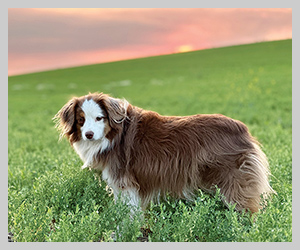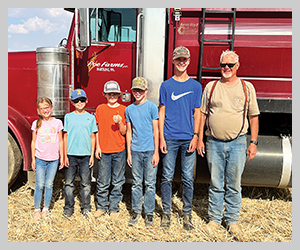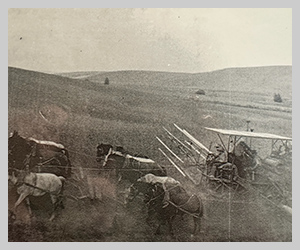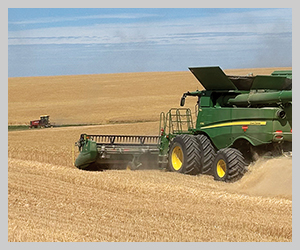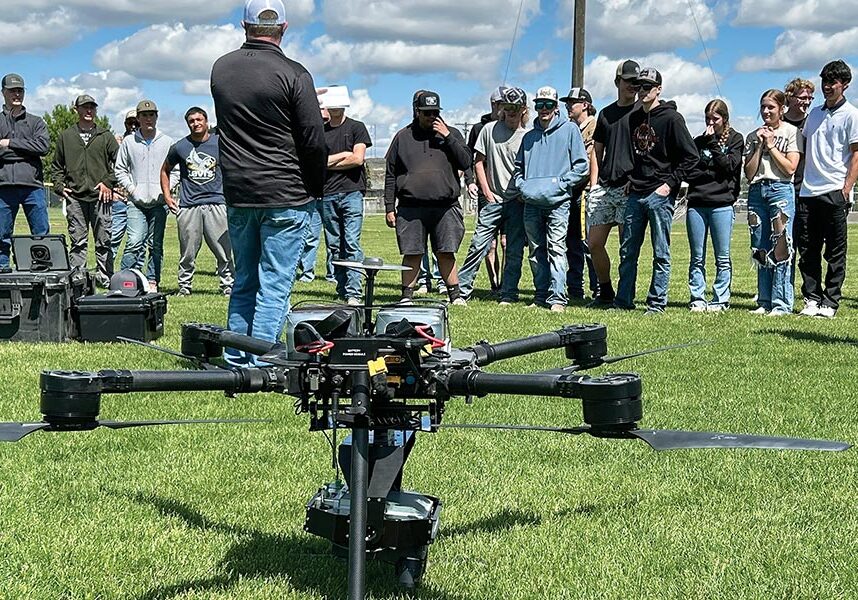
The Wilbur-Creston and Odessa school districts are putting the finishing touches on a new curriculum that gives students a leg up in today’s agricultural industry. Students got a taste of the training on offer at a precision ag field day in May at Weismil Farms north of Odessa.

The idea for the new curriculum came from what Steve Fisk, superintendent of the Odessa School District, thought was a video game. While visiting one of his board member’s house, he saw tractor icons moving across a computer monitor. It turned out the icons represented real machines working out in the family’s fields. But what fascinated Fisk was the fact the machines and their data were being monitored by a family member who lived in Salt Lake City. After a little research, he learned that although all modern combines come loaded with precision ag software, such as Trimble, StarFire, or John Deer Essentials, more than half of farmers are only using the basics.
“My head just kind of exploded in a really great way. Why aren’t our kids learning this? I love the thought of exposing our kids as much as we can to all the new innovations out there in the world,” Fisk said. “There’s a gap to market for kids who grew up with technology, with this more intuitive understanding of it. I saw an opportunity for kids whose families maybe don’t own a farm, but they like the rural lifestyle. If you’re in a small community, your job options outside of agriculture that pay family wages are very, very limited.”

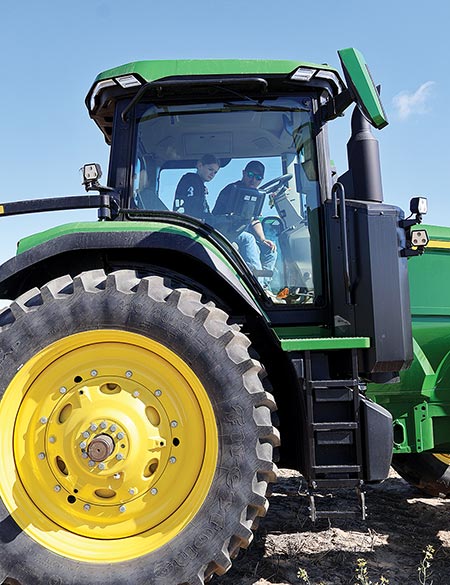
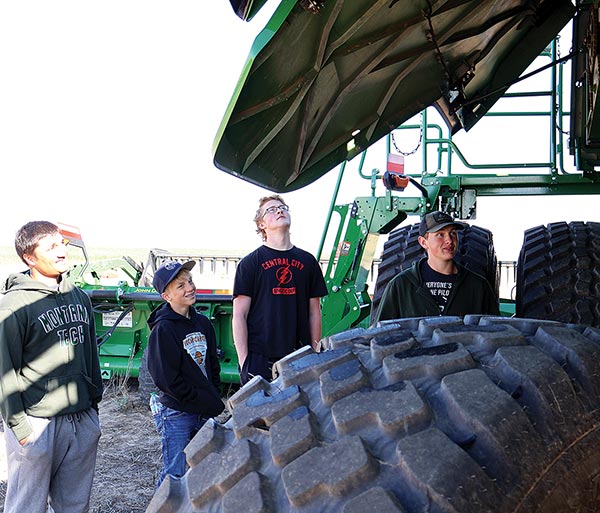
Fisk began pitching his idea and found a willing partner in Jay Tyus, superintendent of the Wilbur-Creston Cooperative School District. Although the idea may have begun as a way to give students right out of high school some first level equipment technician skills, it quickly flew beyond GPS and autosteer to include drones and field mapping.
“If we were going to really get serious about this, we should get serious about the future, not just now,” Tyus explained. “We want our kiddos in this program to also get their 107 pilot license. We want them to be spray certified, and we want them to be able to use high-end cameras to do field mapping. They’ll be able to use AI tools to do the prescriptions and could then do spot treatments. So, a student coming out of this program is going to be able to go to work for a local farmer or help their family farm by jumping in the machinery and being an operator. Or they’re going to be a pilot that can go out and do the important mapping tools that could then be uploaded into a spray rig or even into the large drone-deployed sprayers.”
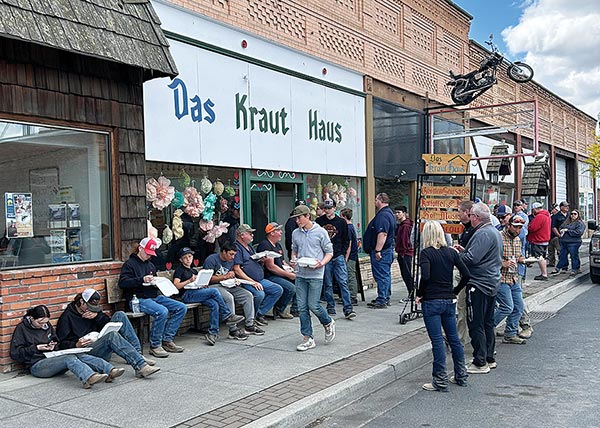

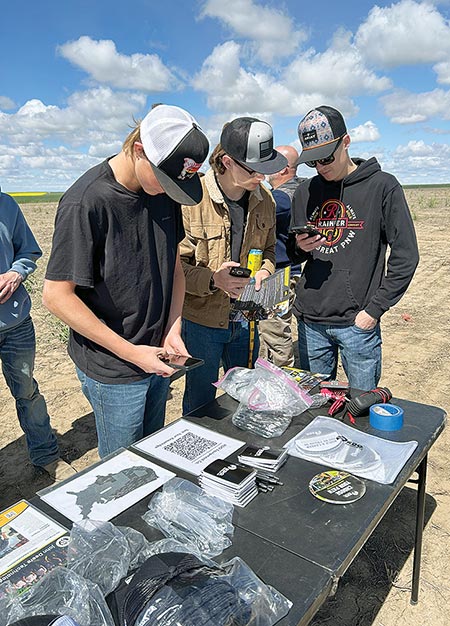
Along with learning the technical skills, students will also be immersed in agronomy and plant science. The curriculum will include hands-on experience with drones, setting A-B lines, and using AI tools to design spray programs. The school districts plan to use simulators to train students on guidance programs. Because students have to be 18 to get their 107 pilot license for drones, the program will be targeted mainly to juniors and seniors. The two school districts will share resources and use remote learning. Right now, Fisk and Tyus are figuring out how to build a curriculum within a school year that fits the farming cycle.
“In our vision, you learn about it. You practice on the simulator, and then you go out in the field,” Fisk said. “There’s a cycle of learning. It’s application based, real-world based, and that’s really powerful for kids.”
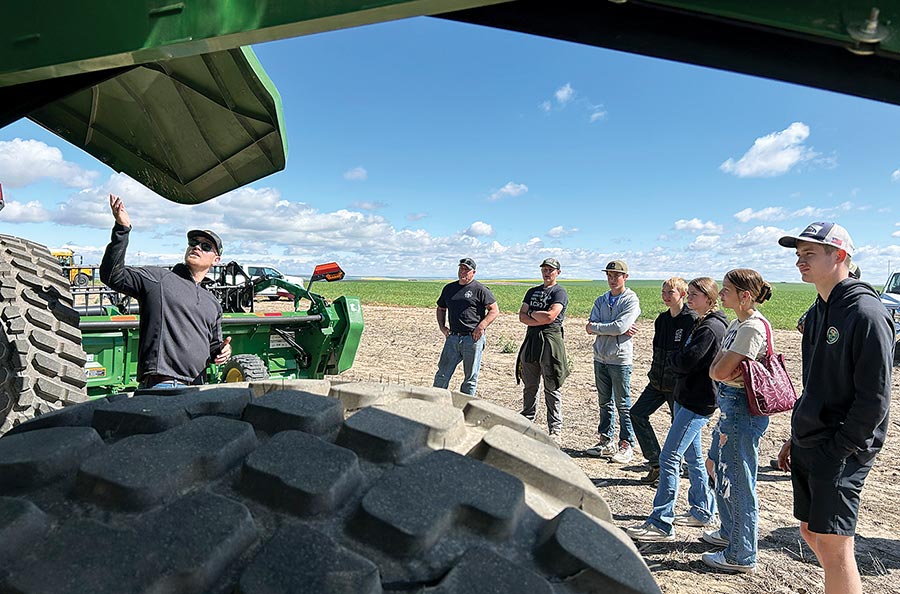
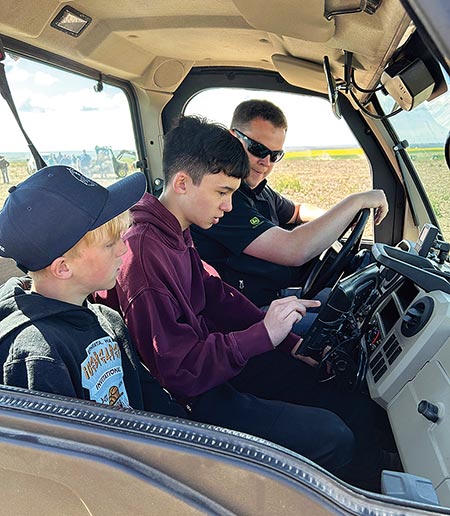
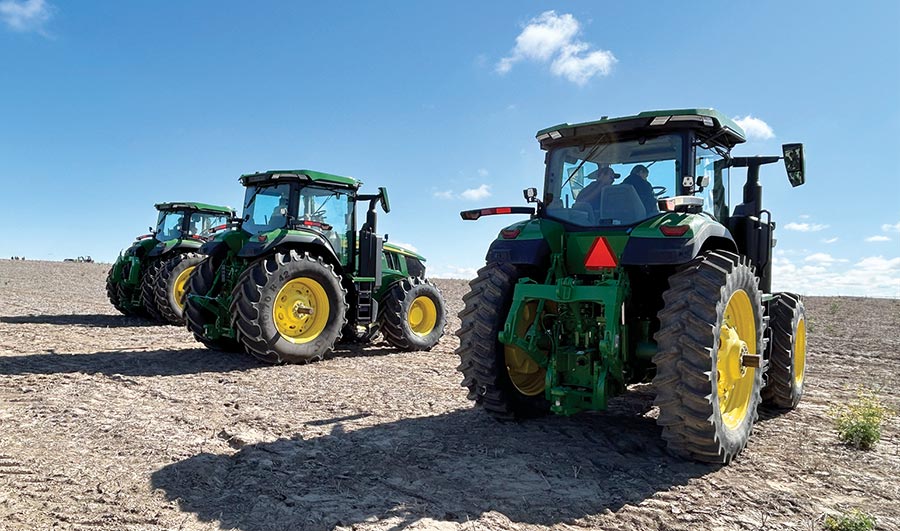
The school districts have leveraged partnerships within the ag industry, including regional implement dealers such as RDO Equipment, Papé, and the Odessa Trading Company, to help design the curriculum and provide access to equipment. Funding has come from the state and the Hagan Foundation. Fisk said the idea of students interacting with folks in the industry and building collaborations and friendships is exciting.
Tyus expects the program to grow as the ag industry’s needs change.
“By the time we get it (the curriculum) running, some of the components will be obsolete because that’s how technology works. So, we’re going to be continually upgrading, modernizing, and being relevant for our kids and trying to stay one dream ahead of where they’re at,” he said.
At the field day at Weismil Farms, students from Harrington, Odessa, and Wilbur-Creston got the opportunity to talk to professionals about internship and employment opportunities in the industry, inspect a combine, use autosteer in a side-by-side, drive a tractor through an obstacle course, and pilot a mini excavator. The students then saw a drone demonstration and a Weed-It demonstration in Odessa.
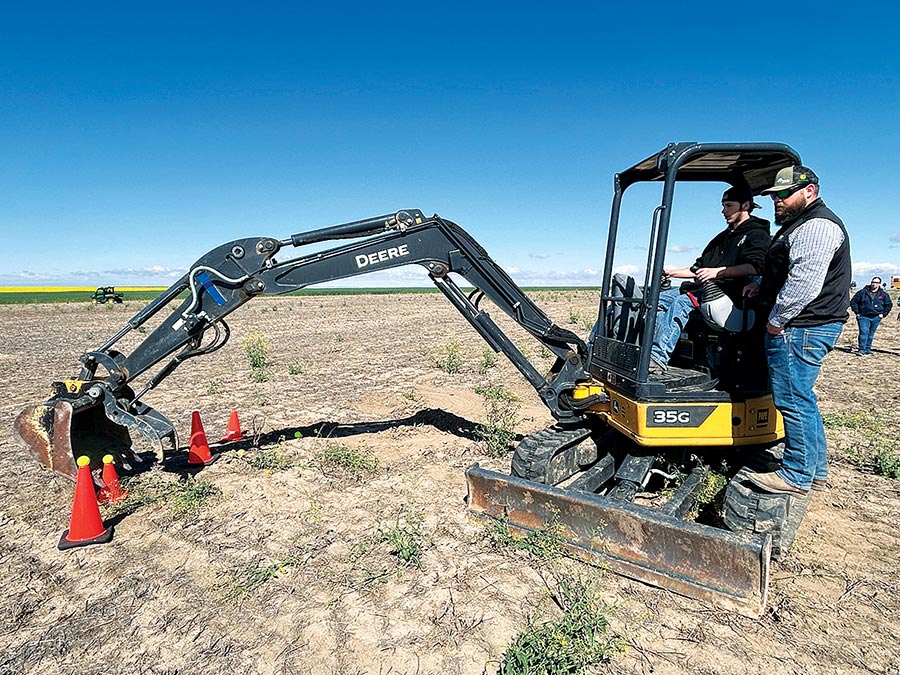
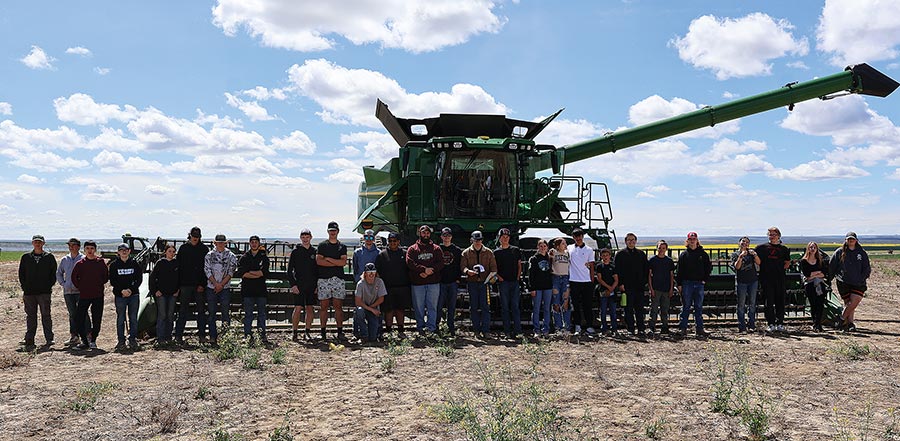
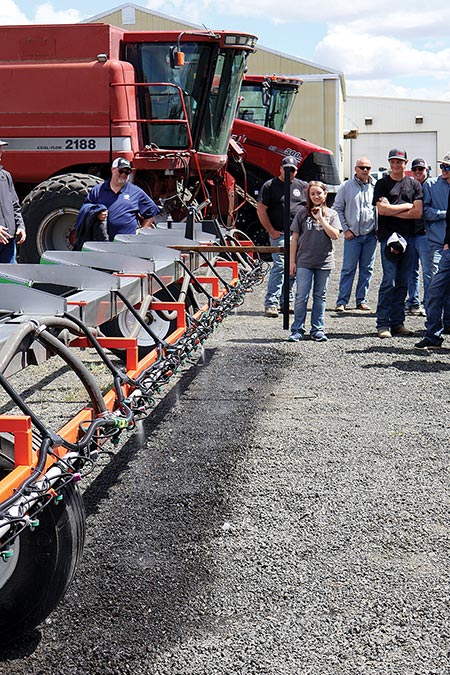
Carmen Weishaar of Weismil Farms helped organize the field day. She said many high schools don’t expose students to the type of technology that today’s farmers use or explore the job opportunities that are available in agriculture.
“My goal was to let the kids realize that we’re not turning wrenches as much as we are using computers and phones. A lot of this tractor information happens in our office at our desk. We feed information to tractors and combines, and then our operators, in a sense, just go out and hit a button. The data that is shared through the cloud from the tractors and the combines and all the equipment is the data we use at home to do smarter farming,” she explained.
From the students:
“My favorite part of the day was getting to drive the tractors, seeing the combines, and the new technology.”
— Dustin Strozyk, Wilbur-Creston High School
“I enjoyed learning about the tractor and driving it, and I enjoyed learning about the combine. I liked learning how the electronics inside the tractors and the combines are upgrading from how they were to now.”
— Nathaniel Hicks, Odessa High School
“I enjoyed driving the side-by-side and figuring out how to do the autosteer. I enjoyed driving the tractor and learning how it worked.”
— Kiera King, Harrington High School
“I think my favorite part of the day was going to the side-by-side and learning how the GPS worked, and how it could be used in precision agriculture. I found it very practical and interesting how we are slowly moving towards a more automated system of agriculture.”
— Isaac Ikehara, Harrington High School





